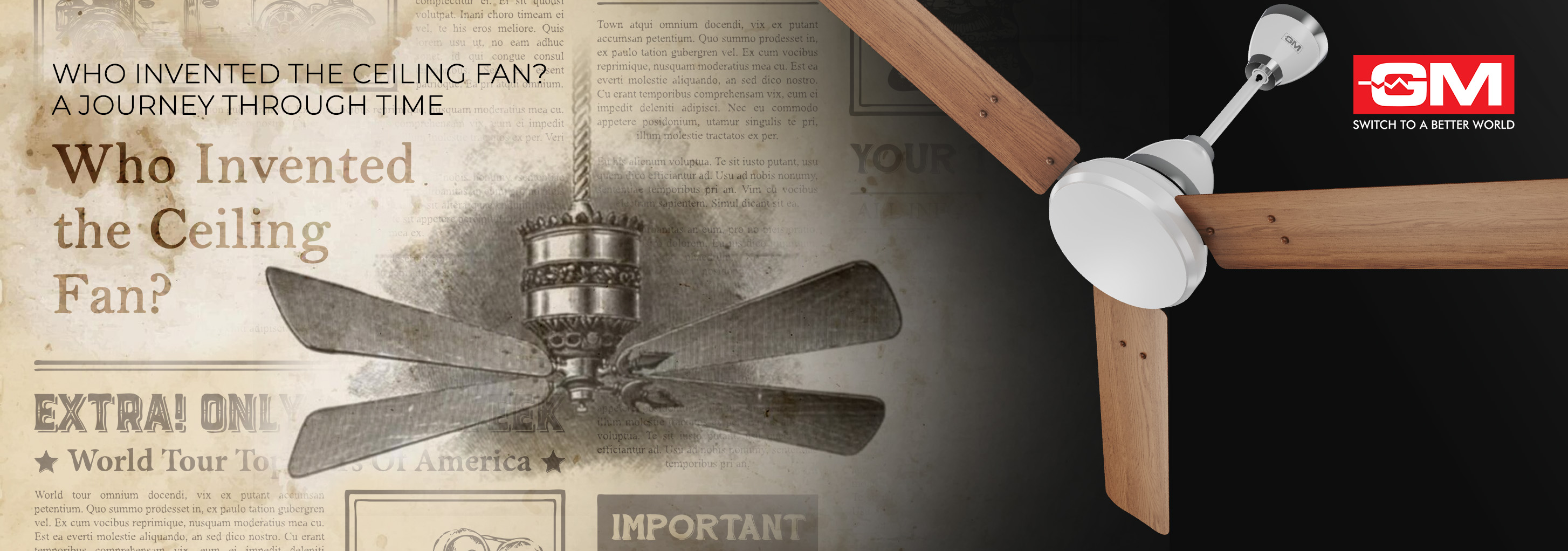Blog
Flame-Retardant Cables vs. Fire-Resistant Cables: What to Choose?
Updated on Aug 2024

When it comes to residential and commercial spaces, fire is a significant risk that must be taken into consideration. It can happen due to several reasons, including overheating equipment or gas leaks, but electrical issues are known to pose a particularly high threat. These fires are frequently caused by old and worn-out wiring throughout the property, necessitating the complete replacement of the electrical system. To prevent such mishaps, you are offered two options:
- Fire-resistant cables
- Flame-retardant cables
Selecting the appropriate type of cable is crucial for enhancing the safety and resilience of your property against potential fire hazards. If you are unaware of the difference between the two types, this comparison of fire-resistant cable vs. flame-retardant cable will help you navigate through the difference and eventually make the right choice.
What are Fire-Resistant Cables?
Fire-resistant cables are specially designed to withstand extreme temperatures without burning. Ideally, they should continue to function normally during a fire, preventing the spread of flames to the surrounding areas. They are also commonly referred to as circuit integrity cables and are usually 2-hour fire-rated.
What are Flame-retardant Cables?
Flame-retardant cables are designed to operate normally during a fire but will burn slowly. They reduce the amount of heat released to help prevent the spread of fire. In simple terms, these cables inhibit or suppress the combustion process. If the source of the fire is removed, these cables can self-extinguish.
Fire-Resistant Cable vs. Flame-Retardant Cable: Know the Difference
Fire protection is an essential factor to consider when it comes to choosing electrical cables. Choosing wires with no fire safety can be hazardous to human life, making it crucial for you to choose between a fire-resistant wire and a fire-retardant wire for your electrical system. Here’s a comparison that will help you make a sound decision:
Difference in Construction
Fire-resistant cables are made from inherently non-flammable materials. Flame-retardant cables, on the contrary, are treated with chemicals that help slow down or prevent the spread of fires.
Differences in Work
Fire-resistant cables are specifically designed to withstand fire and high temperatures, creating a protective barrier to prevent them from burning or melting. Flame-retardant cables, on the other hand, work by suppressing or extinguishing flames when they come into contact with fire.
Difference in Uses
The 2-hour fire-resistant cables are intended for emergency power circuits in fire pumps and generators. They are also frequently used to improve fire safety in buildings and public places such as hospitals, schools, retail complexes, and underground as well as overground transportation facilities. Flame-retardant cables are low-smoke and fume cables that are engineered and tested to resist flame propagation and spread. These cables help prevent the generation of high-toxic smoke and acid gases, making them ideal for use in environments where fire safety is paramount.
The key distinction between flame-retardant and fire-resistant cables lies in their primary functions. Flame-retardant cables are specially designed to prevent the spread of fire to new surrounding areas. Fire-resistant cables, on the contrary, are made to maintain circuit integrity and continue functioning for a specified duration during a fire. These cables can operate for about one to two hours during a fire. The difference between these ratings pertains to the duration for which the cables can sustain circuit integrity and support life safety operations.
We hope this blog helps you understand the difference between fire-resistant and flame-retardant cables. Both of these cables enhance safety, decrease the potential fire damage to the structure and equipment, and allow more time to step away from the fire. You can choose one based on the specific application and fire safety requirements of your space.
Related Blogs

Who Invented the Ceiling Fan? A Journey Through Time
Ceiling fans are a quiet yet transformative part of life at home, offering comfort, style, and energy savings all year round. But not many of us know about the invention of the ceiling fan and how this humble device revolutionised modern living. To a
Read More
What is the Difference Between a Ceiling Fan and a Table Fan?
Fans are easy to use and save energy, so most people use them to keep a room cool and comfortable. But before you buy one, you should know what makes a ceiling fan different from a table fan. They both move air, but they do it in very different ways
Read More
Types of Doorbells Explained: Wired, Wireless, Smart, and More
A doorbell is one of the most important parts of a home or office, but it's also one of the most common things that people forget about. It not only lets visitors know you're home, but it also makes your space more convenient, safe, and stylish. The
Read More
How to Use a Steam Iron Safely and Effectively?
No matter if you're going to work, a meeting, or a party, wearing a crisp, wrinkle-free outfit can boost your confidence right away. But you need to know how to use a steam iron correctly to get that perfect finish. A steam iron isn't just another ap
Read More